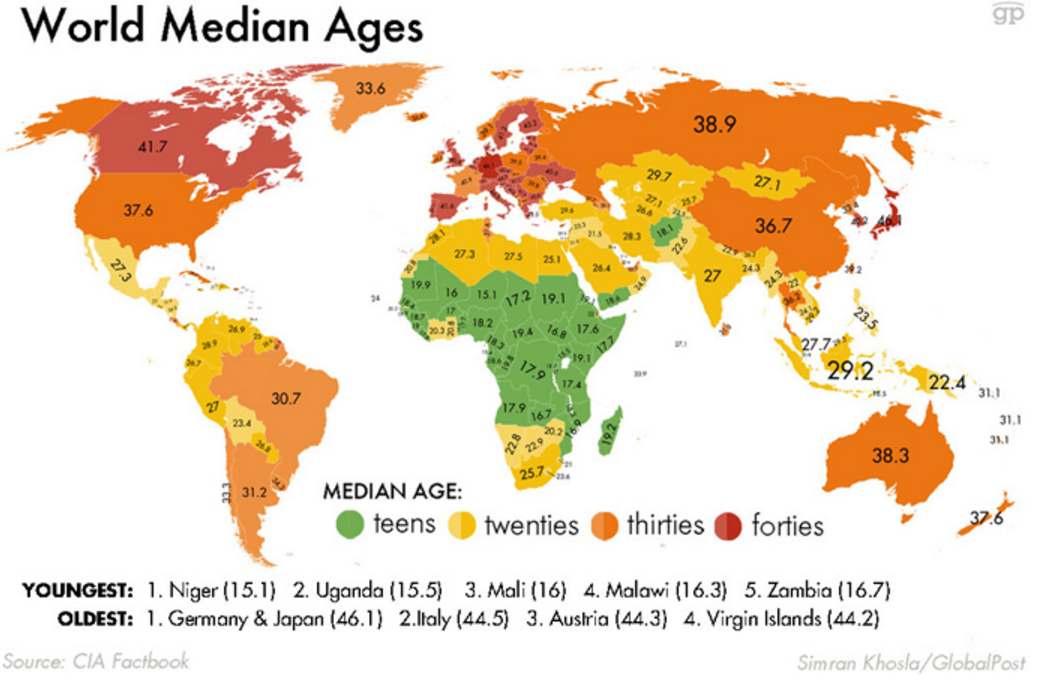"Portugal está a perder terreno face a Itália no que à produção e exportação de calçado diz respeito.
...
é no preço médio que a diferença se acentua: 26,09 dólares por par, pouco mais de metade dos 47,76 euros a que são exportados os sapatos italianos."
Quando li este trecho, meio a correr, pensei logo na evolução do perfil da produção portuguesa como forma de justificar esta evolução. Recordar a série "
Comparações enganadoras"
Depois, quando li com atenção o resto artigo encontrei uma comparação mais útil:
"no calçado de couro, o fosso face a Itália agravou-se: os sapatos italianos de couro são exportados, em média, a 63,78 dólares, mais 2,28 dólares do que em 2015, enquanto os portugueses não vão além dos 31,16 dólares, praticamente o mesmo valor do ano anterior."
Como é que o artigo explica esta evolução?
"“uma parte significativa do diferencial de preços” é explicado pelo facto de Itália ter uma posição muito superior à portuguesa nos mercados extracomunitários, que registam, habitualmente, preços médios de exportação superiores aos europeus."
Esta explicação parece-me tão simplista...
Em interessante conversa com alguém que pensa o sector encontrei explicações muito mais plausíveis, IMHO.
O calçado português com marca própria, embora tenha um peso muito baixo na quantidade produzida, tem um preço à saída da fábrica bem mais alto. Onde se vendem essas marcas? No retalho tradicional. O que é que está a acontecer ao
retalho tradicional? Recordo este trecho que escrevi em
Abril passado:
"A evolução do retalho é um tema que me interessa porque é super importante para as PME com que trabalho. A maioria das PME portuguesas não tem marca própria relevante. Ou produzem para marcas de outros ou produzem componentes que serão incorporados nas marcas de outros (B2B2C ou B2B2B2C).
.
Assim, o seu futuro depende em larga escala, segundo o modelo de negócio actual, do sucesso da última interacção da cadeia, aquele ...B2C. Se esta última interacção falhar, tal como falharam em massa as sapatarias de rua quando chegaram os centros comerciais, as nossas PME terão um problema em mãos."
A revolução do retalho tradicional disrupciona as
cadeias de fabrico.
Primeira explicação: a disfunção do retalho tradicional. Se os clientes dos clientes deixam de comprar, os fornecedores ficam sem procuram.
Segunda explicação: o impacte do
reshoring e a tentação pelo
caminho mais fácil.
"O regresso da produção industrial à Europa vai voltar a colocar em cima da mesa a hipótese de apostar no low-cost. E o low-cost parece tão intuitivo, tão atraente..."
Ainda esta semana um empresário me contava que um seu cliente tinha recebido um encomenda muito grande de meios de produção para o fabrico de calçado. Algo que relacionei com uma visita de há alguns meses de alguém que procurava empregas muito grandes em Portuga para produzir calçado.
Neste momento, a primeira explicação é a que mais me preocupa. Daí a escolha da expressão "
placa teutónica" e o recurso à imagem do
equilíbrio pontuado. O mundo mudou e agora é preciso correr atrás do prejuízo para voltar a encontrar um novo oásis.
BTW, uma terceira explicação o abandono do couro.
Trechos retirados de "
Preço do calçado português é quase metade do italiano"






















